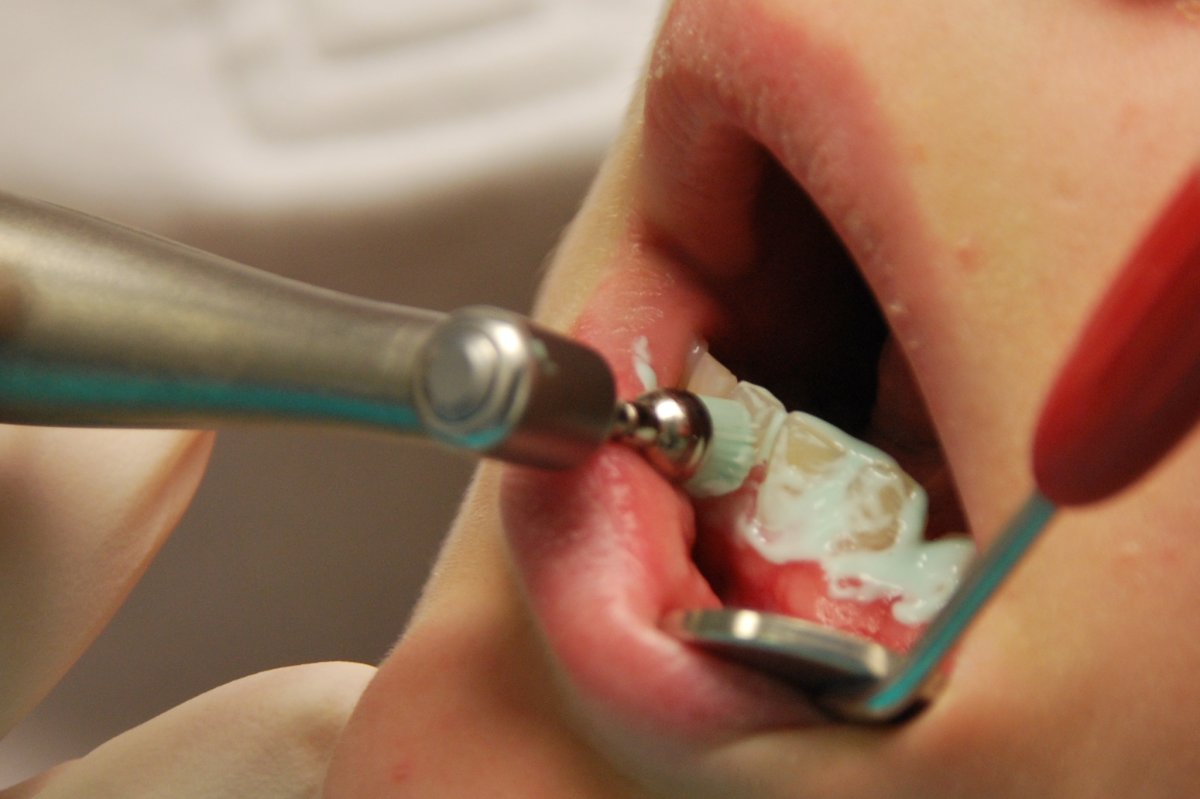Want Your Root Canal to Last Longer? Opt for a Filling or Crown, Study Says
4 min read:max_bytes(150000):strip_icc()/rootcanalillo-1cee93681c7f48418a208bd327b81385.png)
Key Takeaways
- After a root canal, a tooth lasts a little over 11 years, according to a large study.
- Root canals that are immediately followed by filling and a crown last longer, about 20 years.
- Root canals performed in the Northeast preserved teeth for much longer than root canals in other regions of the country.
Preserving a damaged tooth is the end goal of a root canal. But exactly how much time can the procedure buy your tooth? The first-ever U.S. study of data from community dentistry practices found that teeth last about 11 years after a root canal, with 26% lasting more than 20 years.
However, the study also shows that there were large variations in tooth longevity based on whether a filling and crown were done soon after the root canal and where in the country the procedure took place.
Root canals are common and are done when the pulp of a tooth—the nerve, blood vessels, and other tissue in the tooth’s interior—has become painfully infected or damaged and must be removed.
After the pulp has been removed, the interior of the tooth is cleaned and sealed. Generally, an interior of the tooth is filled and a crown or cap is placed on the tooth to strengthen it and improve chewing ability and appearance.
“A root canal saves a tooth from getting extracted and is a way people have an opportunity to retain their natural teeth,” lead study author Thankam Thyvalikakath, DMD, PhD, director of the Regenstrief-Indiana University School of Dentistry’s dental informatics program, told Verywell.
Although a tooth can last many years after a root canal, it can become brittle and more likely to crack or break over time. At that point, the tooth could be extracted or replaced with a dental implant or a partial bridge. Extracting the tooth instead of performing a root canal leaves the space empty, which can affect the alignment of the rest of the teeth, as well as the ability to chew food properly.
Fill It and Crown It
Thyvalikakath and her colleagues used data from 99 small general dentistry practices in the National Dental Practice-Based Research Network. The data came from more than 46,700 patients who underwent more than 71,000 root canal treatments.
The team found that doing a filling and a crown soon after a root canal made a substantial difference in how long the tooth lasts. Teeth that were both filled and had a crown put on after the root canal lasted about 20 years. Teeth that received either a filling or a crown lasted an average of around 11 years. Those that received neither lasted only an average of 6.5 years.
“After a root canal, we advise our patients to get a filling and a crown,” said Thyvalikakath. But not all patients follow through, possibly due to the costs of getting the filling and crown done. A patient will do what is needed to stop the pain of an infected tooth, but then might not come back for the filling and crown, she added.
Regional Differences Reflect Dental Insurance Disparities
There were large regional differences in tooth longevity after a root canal. Root canals performed in the Northeast region lasted almost twice as long as in other areas of the country, an average of 20.5 years. Those in the Midwest lasted 11.2 years, those in the Southwest lasted 11.2 years, those in the South Atlantic region lasted 9.1 years, and those in the South Central region lasted only 9 years.
This wide regional variation may be due to differences in how many people have dental insurance, Thyvalikakath said. Although some people pay for their own dental insurance, most people get it through their employers, and more employers in the Northeast may offer it than those elsewhere. Medicaid varies in its dental coverage from state to state as well, she added.
Study Limitations
One drawback to the study is that it looked at data only from general dentistry practices, Stefan I. Zweig, DDS, president of the American Association of Endodontists, told Verywell. (Endodontists are dentists who train and specialize in problems of the tooth pulp.)
“To a degree, [the study is] a little disappointing, because I think it didn’t take a lot of things into account, such as the expertise of endodontists who are specialists in doing root canals,” said Zweig, who is also an associate professor in the Department of Endodontics and Periodontics at the Herman Ostrow School of Dentistry of the University of Southern California.
Another factor is that the 99 dental offices around the country may perform root canals in slightly different ways, Zweig added.
“Each practitioner practices a certain way in a certain area with a certain type of clientele,” he said. “There’s no real calibration or standardization of the data.”
Still, Zweig agrees with the study’s ultimate conclusion.
“If you don’t have a filling or an adequate crown, it’s going to ruin even the best root canal,” he said.
What This Means For You
If you’ve had a root canal, your tooth will probably survive a little over 11 years, according to data from general dentistry practices. But that time can be nearly doubled by filling the tooth and putting a crown on it after the root canal procedure.
link

:max_bytes(150000):strip_icc()/Headshot-2f3911df24c943358b7e51966099784f.jpg)




